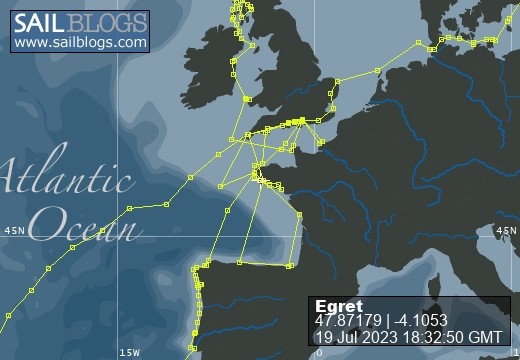
Egret
09 August 2022 | Picture: The Sunk Inner Light Vessel in the Thames Estuary
03 August 2022 | Egret at the Royal Norfolk and Suffolk Yacht Club, Lowestoft
23 July 2022 | Picture: One of the smaller locks at Holtenau
20 July 2022 | Picture: Patrick reminiscing with Juergen at Rostock
11 July 2022 | Picture: Egret at Stralsund, with the barque Gorch Fock beyond
04 July 2022 | Picture: Amanda on Bornholm
01 July 2022 | Picture: Kristianopol, with Egret at far right
26 June 2022 | Ernemar
19 September 2020 | Picture: Egret being lifted out at Ernemar, Sweden
08 September 2020 | Chart: our route from Mem into the Tjust Archipelago
01 September 2020 | Picture: the Carl Johans flight of seven locks
29 August 2020 | Picture: Egret (by G. Einefors)
27 August 2020 | Picture: Egret at Vadstena Castle
25 August 2020 | Picture: Norrkvarn Lock
23 August 2020 | Picture: Egret crossing Lake Vänern
19 August 2020 | Picture: Inside the lowest Trollhatte lock
17 August 2020 | Picture: The Gota Alv Bron in Gothenburg
16 August 2020 | Picture: the GKSS, Langedrag
13 August 2020 | Picture: Egret alongside (left) at Fisketangen
10 August 2019
110. Jumping Crocodiles
08 August 2014
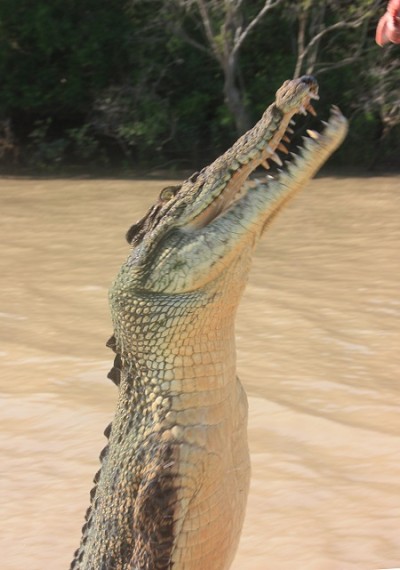
The thought of negotiating our way past crocodiles in a rubber dinghy had rather put us off Fannie Bay, Darwin's main anchorage. Another drawback is that it isn't possible to anchor closer than ¾ mile from the shore due to the gently shelving beach and large tidal range of up to 7m, which means a splashy ride in the dinghy at high tide or a long drag over the sand at low. We'd therefore decided to treat ourselves to a berth in a marina, but, before a vessel is allowed in, it has to be checked for marine pests. We'd arranged a rendezvous with the Northern Territory Department of Fisheries at the outer pontoon of Cullen Bay Marina, and were met by a supervisor and diver whose task was to inspect the bottom and inject a disinfectant into the engine and heads seawater intakes. Rather cheekily I asked the diver if she would mind having a look at the rope trapped in the rudder, and without hesitation she said "of course" and within a couple of minutes had freed it! We had to leave the chemicals in for 15 hours, which meant we couldn't run the engine or use the heads, but the upside was a complimentary night at the dock. We were free to go ashore, and it felt good to stretch our legs again after twelve days continuously afloat, though never more than 150 miles from land. We spotted our first crocodile, with teeth bared, on a paved area beside the marina - a metal sculpture, together with a sign reading, with unintentional irony: "Keep off crocodile. Sharp edges may cause injury".
Our early morning starts weren't quite over, as we had to catch the last of the flood tide to Tipperary Waters Marina, which is up a creek which virtually dries at low water. We motored past a naval base, commercial jetties and a fishing harbour, with scenes beyond of the high-rise buildings at the city centre. Keith, the lockmaster, who is also the local port officer for the Ocean Cruising Club, was waiting by the outer lock-gate ready to let us in. He handed over some packages that he'd received on our behalf, and couldn't have been more welcoming and helpful during our stay. The small marina is surrounded by an attractive residential development with a waterfront café, convenience store and a launderette. A fair proportion of the boats berthed there are occupied by cruisers on the move like us or semi-permanent live-aboards, rather than belonging to owners of the homes. Over the next few days we were able to fix a number of things, not least being the fridge which needed a new thermostat, and do all the usual chores such as laundry, cleaning and shopping. It is a short bus ride from the Marina to the centre of Darwin, a bright and spacious city which is almost entirely modern. Much of the city had to be rebuilt following Cyclone Tracy, which killed 66 people and destroyed 50% of homes in 1974. There is a moving exhibition which commemorates the disaster at the Northern Territory Museum. The return bus timetable was a bit limiting and the route much longer, so, invariably carrying bag loads of provisions, we always got a taxi back.
We hired a car for 24 hours, and, after picking up some parts we'd ordered and getting our gas bottles re-filled at premises on the outskirts of the city, we headed firstly for the Museum and Art Gallery. The first gallery exhibits fine examples of modern aboriginal works of art including paintings on bark and canvas, a sculpture entitled "Tjanpi Grass Toyota" (basically a woven truck), some colourful pottery and displays of decorated boomerangs and didjeridu drone pipes. At the top of the stairs was a stuffed crocodile called "Sweetheart", 5.1m long and weighing 780kg, which had become notorious for attacking aluminium dinghies. The natural history room has well presented displays of wildlife indigenous to Australia. The marine section, for example, has an example of giant clams which can weigh up to 260 kg and measure 1.4m long. The label reassured us that they are unlikely to trap a diver by clamping on his arm or leg because the shells close so slowly. Infinitely more dangerous are the box jellyfish, particularly Chironex Fleckeri which is the most venomous animal known to science and capable of killing a person in two to three minutes. It is common along northern coastlines between October and May, and there are instances of people being stung in other months as well.
After lunch in the museum café, we drove out of town along the main road, signed to Alice Springs (1,500 km away), past miles of orchards, through small townships and eventually into the outback. We saw our first road trains, consisting of a tractor unit and up to four trailers, which travel at a rapid pace, soon overtaking if you slow down to look at the view. After an hour and a half, we turned off and continued down several miles of dusty gravel track to reach Adelaide River Wildlife Cruises. They and a couple of competitors offer the region's 'must-see' attraction: 'Jumping Crocodiles'! We joined a group of tourists and were welcomed by Morgan who led us onto an outboard powered aluminium boat. (What was that we had read about "Sweetheart"?) We set off down river with all of us scanning the banks for a sighting, the first being identified by Morgan as a 'logadile'. (Was it evolution that gave crocodiles such a clever disguise as semi-submerged fallen branches, or just chance?) The first real crocodile swam straight out to meet us, ready to perform. Morgan hooked a hunk of buffalo steak onto a short line attached to the end of a pole, and dangled it over the suspects snout. As the crocodile made its move to grab the treat it was snatched away, this happening two or three times until the crocodile could be induced to leap out of the water for a successful bite. Morgan seemed to have a name for each crocodile and know where to find it, as well as how it would behave - the star performer being the mighty Brutus. We saw over a dozen, most of them swimming towards us or slithering down the bank to collect their snack, just a couple refusing to play. There were some spectacular jumps and a few scary moments when a crocodile came too close for comfort or even bashed into the boat. As a side attraction, some kites swooped down to take food thrown up by Morgan. We noted that the egrets, in their distinctive white plumage, continued to concentrate nonchalantly on their fishing, unfazed and apparently unafraid of the crocodiles. We had supper while watching the sun go down over Fannie Bay at Darwin Sailing Club. It was nice to see so many racing dinghies in the park, and we watched a few, including some foiling Moths, returning from a sail and being pulled up the beach past signs warning of the dangers of jellyfish and crocodiles. Hayling Island S.C., where the most hazardous creatures are itchy caterpillars, will seem a very tame place to go dinghy sailing when we get home.
Next day, with the essential jobs completed, we made a final visit to town to get fresh provisions and clear out at Customs - a very relaxed procedure, and they didn't seem too bothered about how soon we actually left the country. We locked out the day after as soon as the tide was high enough, called at Bailey's fuel dock on the way down river for duty free diesel, and anchored in Fannie Bay. Just before sunset we noticed that a kite surfer was in trouble. We called 'all vessels' in the bay, the yacht club and Port Control by vhf, but no one seemed interested in rescuing him, and we couldn't physically help as our dinghy was deflated and the water too shallow for Egret. Eventually a voice on the vhf said he'd phone the police, and within minutes a RIB had gone over and the surfer was helped on board. Moral: don't expect to be rescued in Australia after the volunteer daytime coastguard has gone off duty! We are lucky in the UK to have our 24 hour coastguard service and the RNLI. With these thoughts in mind, we had a very peaceful night's rest in readiness for the next leg of our long journey home.
Our early morning starts weren't quite over, as we had to catch the last of the flood tide to Tipperary Waters Marina, which is up a creek which virtually dries at low water. We motored past a naval base, commercial jetties and a fishing harbour, with scenes beyond of the high-rise buildings at the city centre. Keith, the lockmaster, who is also the local port officer for the Ocean Cruising Club, was waiting by the outer lock-gate ready to let us in. He handed over some packages that he'd received on our behalf, and couldn't have been more welcoming and helpful during our stay. The small marina is surrounded by an attractive residential development with a waterfront café, convenience store and a launderette. A fair proportion of the boats berthed there are occupied by cruisers on the move like us or semi-permanent live-aboards, rather than belonging to owners of the homes. Over the next few days we were able to fix a number of things, not least being the fridge which needed a new thermostat, and do all the usual chores such as laundry, cleaning and shopping. It is a short bus ride from the Marina to the centre of Darwin, a bright and spacious city which is almost entirely modern. Much of the city had to be rebuilt following Cyclone Tracy, which killed 66 people and destroyed 50% of homes in 1974. There is a moving exhibition which commemorates the disaster at the Northern Territory Museum. The return bus timetable was a bit limiting and the route much longer, so, invariably carrying bag loads of provisions, we always got a taxi back.
We hired a car for 24 hours, and, after picking up some parts we'd ordered and getting our gas bottles re-filled at premises on the outskirts of the city, we headed firstly for the Museum and Art Gallery. The first gallery exhibits fine examples of modern aboriginal works of art including paintings on bark and canvas, a sculpture entitled "Tjanpi Grass Toyota" (basically a woven truck), some colourful pottery and displays of decorated boomerangs and didjeridu drone pipes. At the top of the stairs was a stuffed crocodile called "Sweetheart", 5.1m long and weighing 780kg, which had become notorious for attacking aluminium dinghies. The natural history room has well presented displays of wildlife indigenous to Australia. The marine section, for example, has an example of giant clams which can weigh up to 260 kg and measure 1.4m long. The label reassured us that they are unlikely to trap a diver by clamping on his arm or leg because the shells close so slowly. Infinitely more dangerous are the box jellyfish, particularly Chironex Fleckeri which is the most venomous animal known to science and capable of killing a person in two to three minutes. It is common along northern coastlines between October and May, and there are instances of people being stung in other months as well.
After lunch in the museum café, we drove out of town along the main road, signed to Alice Springs (1,500 km away), past miles of orchards, through small townships and eventually into the outback. We saw our first road trains, consisting of a tractor unit and up to four trailers, which travel at a rapid pace, soon overtaking if you slow down to look at the view. After an hour and a half, we turned off and continued down several miles of dusty gravel track to reach Adelaide River Wildlife Cruises. They and a couple of competitors offer the region's 'must-see' attraction: 'Jumping Crocodiles'! We joined a group of tourists and were welcomed by Morgan who led us onto an outboard powered aluminium boat. (What was that we had read about "Sweetheart"?) We set off down river with all of us scanning the banks for a sighting, the first being identified by Morgan as a 'logadile'. (Was it evolution that gave crocodiles such a clever disguise as semi-submerged fallen branches, or just chance?) The first real crocodile swam straight out to meet us, ready to perform. Morgan hooked a hunk of buffalo steak onto a short line attached to the end of a pole, and dangled it over the suspects snout. As the crocodile made its move to grab the treat it was snatched away, this happening two or three times until the crocodile could be induced to leap out of the water for a successful bite. Morgan seemed to have a name for each crocodile and know where to find it, as well as how it would behave - the star performer being the mighty Brutus. We saw over a dozen, most of them swimming towards us or slithering down the bank to collect their snack, just a couple refusing to play. There were some spectacular jumps and a few scary moments when a crocodile came too close for comfort or even bashed into the boat. As a side attraction, some kites swooped down to take food thrown up by Morgan. We noted that the egrets, in their distinctive white plumage, continued to concentrate nonchalantly on their fishing, unfazed and apparently unafraid of the crocodiles. We had supper while watching the sun go down over Fannie Bay at Darwin Sailing Club. It was nice to see so many racing dinghies in the park, and we watched a few, including some foiling Moths, returning from a sail and being pulled up the beach past signs warning of the dangers of jellyfish and crocodiles. Hayling Island S.C., where the most hazardous creatures are itchy caterpillars, will seem a very tame place to go dinghy sailing when we get home.
Next day, with the essential jobs completed, we made a final visit to town to get fresh provisions and clear out at Customs - a very relaxed procedure, and they didn't seem too bothered about how soon we actually left the country. We locked out the day after as soon as the tide was high enough, called at Bailey's fuel dock on the way down river for duty free diesel, and anchored in Fannie Bay. Just before sunset we noticed that a kite surfer was in trouble. We called 'all vessels' in the bay, the yacht club and Port Control by vhf, but no one seemed interested in rescuing him, and we couldn't physically help as our dinghy was deflated and the water too shallow for Egret. Eventually a voice on the vhf said he'd phone the police, and within minutes a RIB had gone over and the surfer was helped on board. Moral: don't expect to be rescued in Australia after the volunteer daytime coastguard has gone off duty! We are lucky in the UK to have our 24 hour coastguard service and the RNLI. With these thoughts in mind, we had a very peaceful night's rest in readiness for the next leg of our long journey home.
Comments
| Vessel Name: | Egret |
| Vessel Make/Model: | Sweden Yachts 390 |
| Hailing Port: | Chichester Harbour |
| Crew: | Patrick & Amanda Marshall |
Egret's Photos - Main
R.jpg) |
The Gota River, Trollhatte Canal, Lakes Vanern & Vattern and the Gota Canal
2 Photos | 9 Sub-Albums
Created 30 September 2020
|
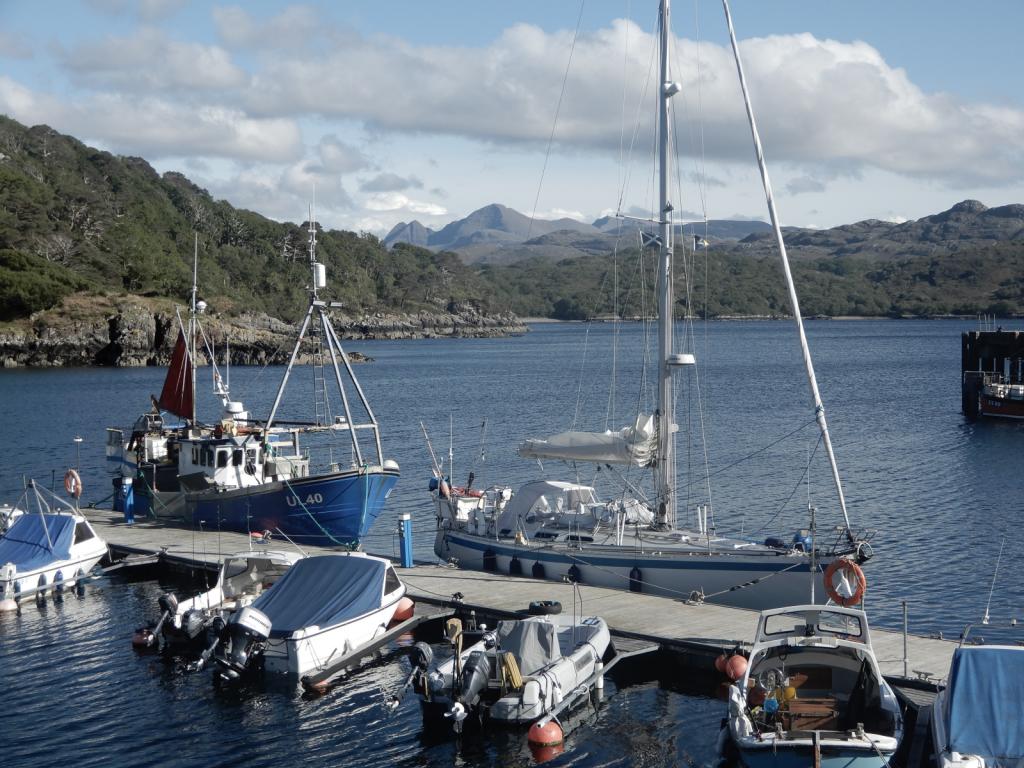 |
The Inner and Outer Hebrides, Orkney, Fair Isle, Shetland, Norway and Sweden's west coast.
1 Photo
Created 14 November 2019
|
|
Normandy, Scilly, Pembrokeshire, Ireland, Isle of Man, Northern Ireland, Inner Hebrides and the Crinan Canal.
1 Photo
Created 14 November 2018
|
Egret
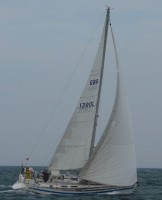
Who: Patrick & Amanda Marshall
Port: Chichester Harbour

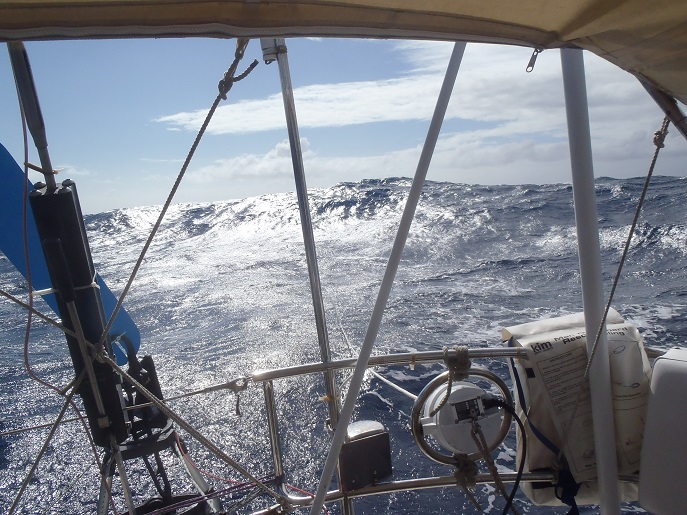
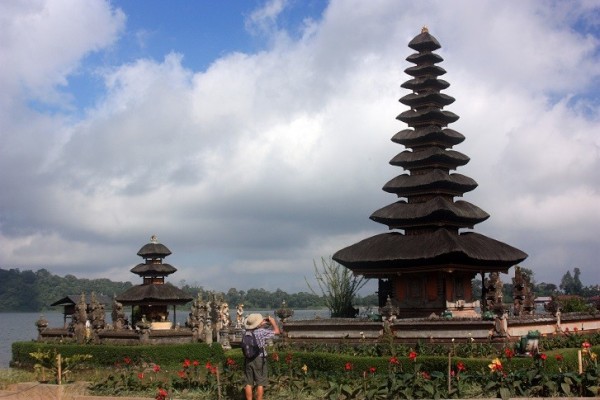
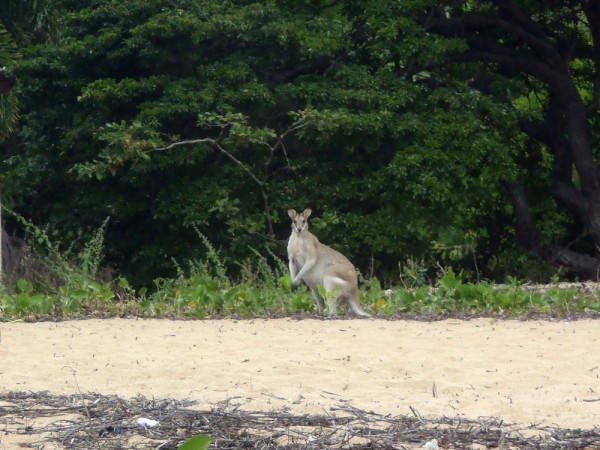
, Pentecost, Naghol (Land diving)a.jpg)
Amanda raising the Quarantine & New Zealand courtesy flagedit_edited-1 a.jpg)
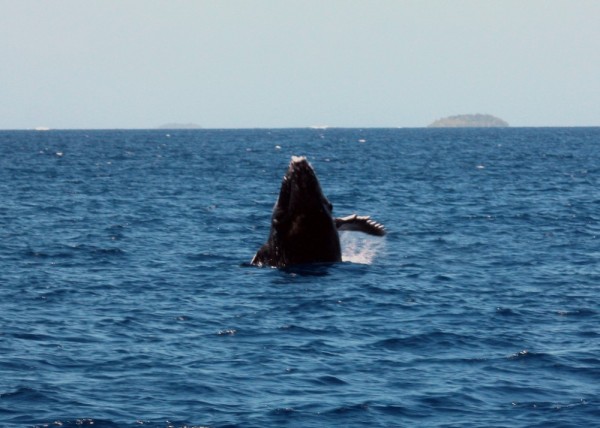
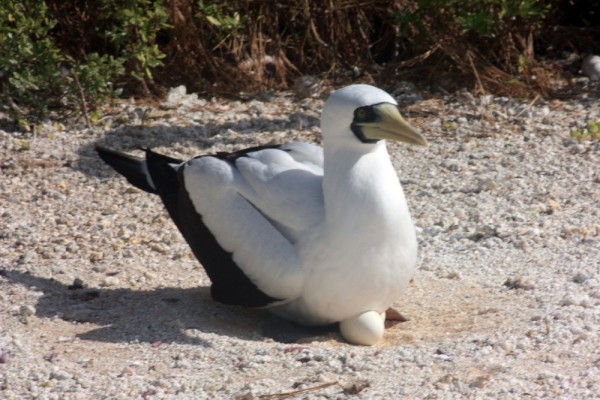
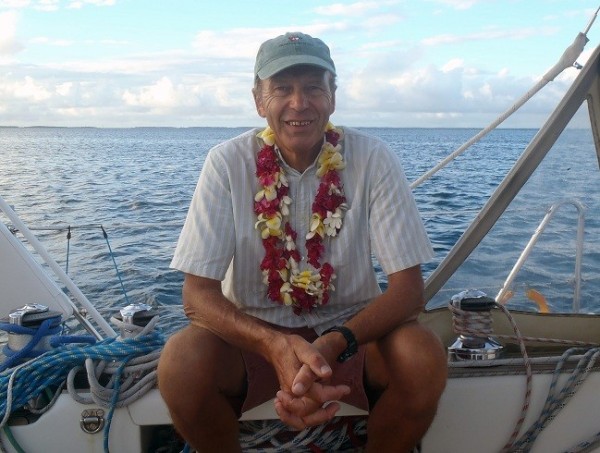
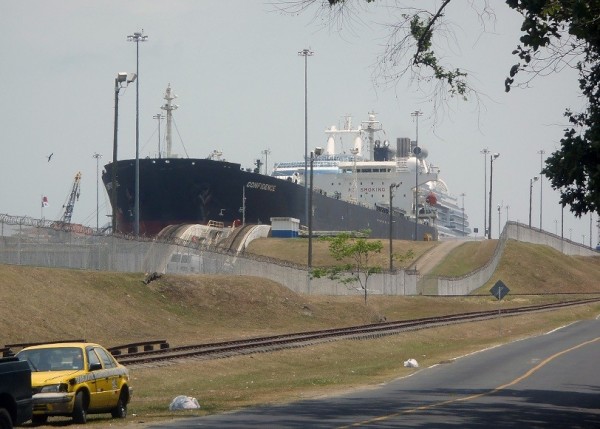
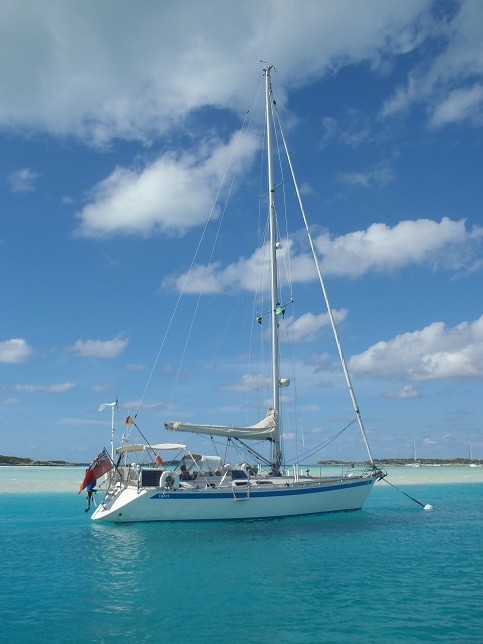
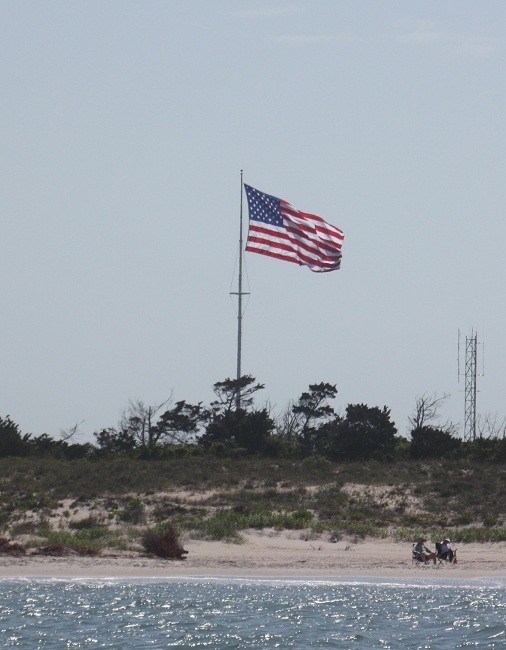
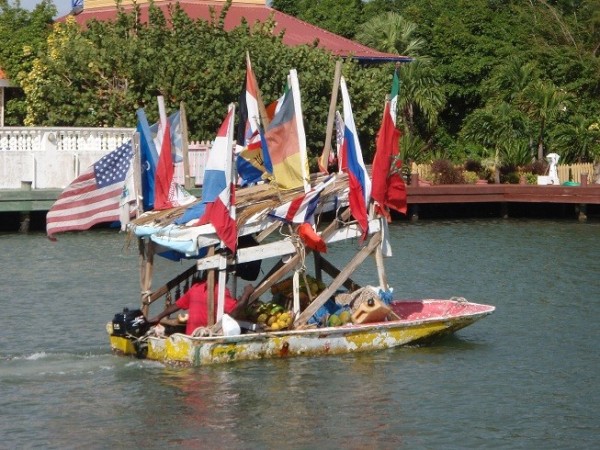





Botanical Gardens.jpg)
